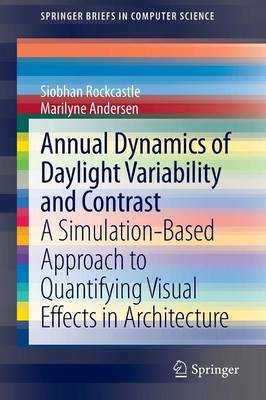Daylight is a dynamic source of illumination in architectural space, creating diverse and ephemeral configurations of light and shadow within the built environment. Perceptual qualities of daylight, such as contrast and temporal variability, are essential to our understanding of both material and visual effects in architecture. Although spatial contrast and light variability are fundamental to the visual experience of architecture, architects still rely primarily on intuition to evaluate their designs because there are few metrics that address these factors. Through an analysis of contemporary architecture, this work develops a new typological language that categorizes architectural space in terms of...Read more
Daylight is a dynamic source of illumination in architectural space, creating diverse and ephemeral configurations of light and shadow within the built environment. Perceptual qualities of daylight, such as contrast and temporal variability, are essential to our understanding of both material and visual effects in architecture. Although spatial contrast and light variability are fundamental to the visual experience of architecture, architects still rely primarily on intuition to evaluate their designs because there are few metrics that address these factors. Through an analysis of contemporary architecture, this work develops a new typological language that categorizes architectural space in terms of contrast and temporal variation. This research proposes a new family of metrics that quantify the magnitude of contrast-based visual effects and time-based variation within daylit space through the use of time-segmented daylight renderings to provide a more holistic analysis of daylight performance.
- ISBN13 9781447152323
- Publish Date 9 July 2013 (first published 1 January 2013)
- Publish Status Active
- Publish Country GB
- Imprint Springer London Ltd
- Edition 2013 ed.
- Format Paperback
- Pages 83
- Language English
